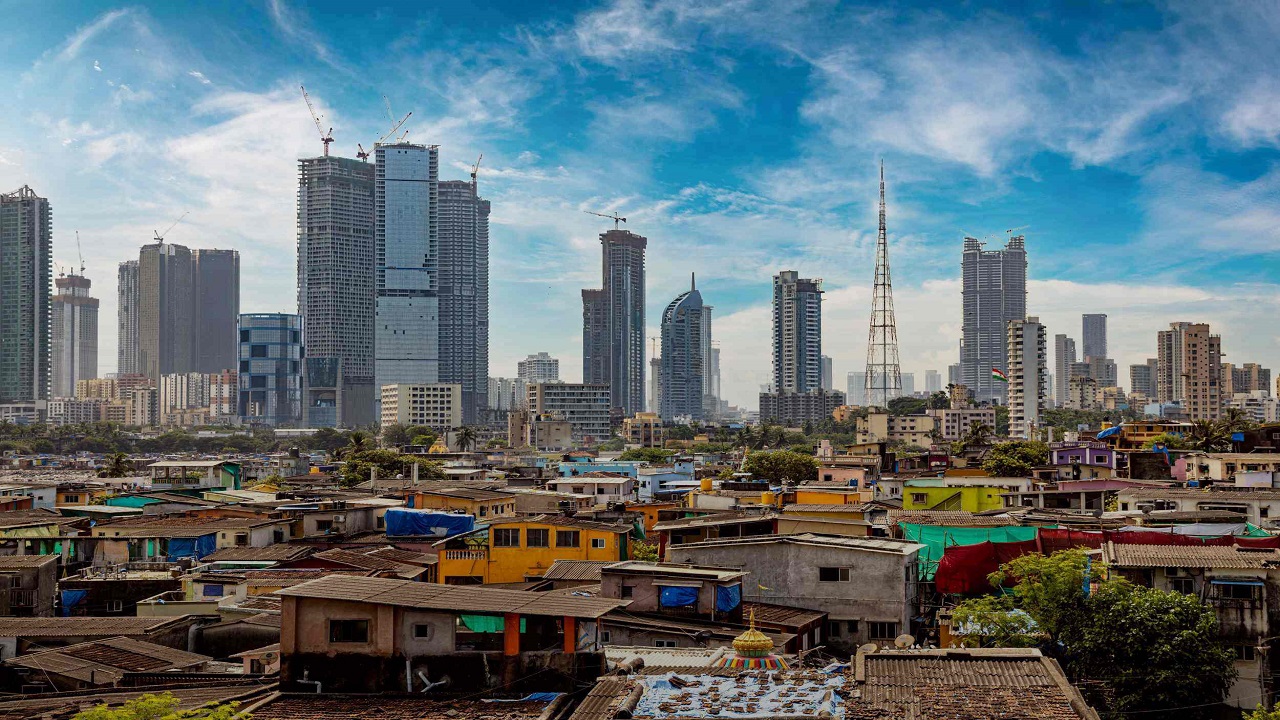Understanding Inequality in India: A Multidimensional Perspective
Context:
A recent World Bank report claims that India has one of the lowest inequality levels globally, highlighting a decline in the Gini coefficient of consumption inequality from 0.288 (2011–12) to 0.255 (2022–23).
However, this conclusion is being challenged by multiple independent studies, including the World Inequality Database (WID), which point to rising income and wealth inequality in India.
Understanding Inequality: Key Types
1. Consumption Inequality
-
Measures differences in household spending patterns.
-
World Bank data shows a decline in Gini, suggesting reduced inequality.
-
However, consumption data often understates real inequality, as consumption is more evenly distributed than income or wealth.
-
The fall in Gini may reflect consumption smoothing rather than actual redistribution of income.
2. Income Inequality
-
Refers to disparities in earnings and wages across individuals or households.
-
As per WID 2023, India’s income Gini coefficient is 0.61, one of the highest globally (only 47 countries rank worse).
-
Official figures underestimate this due to underreporting in surveys.
3. Wealth Inequality
-
Captures concentration of asset ownership (e.g., land, shares, property).
-
According to WID, India’s wealth Gini in 2023 is 0.75, indicating extreme wealth concentration.
Challenges in Measuring Inequality in India
-
Household Surveys miss high-income earners and underreport asset data.
-
Differences in methodology between 2011–12 and 2022–23 hinder long-term comparison.
-
Tax data is limited—only 6 crore individuals file income tax (CBDT), missing a large informal sector.
-
No comprehensive wealth census; estimates depend on indirect sources like Forbes rich lists, SEBI data, and property values.
-
Top income and wealth brackets often go unrecorded in national surveys.
Limitations of Gini Coefficient
-
Aggregate measure—masks extreme disparities.
-
Does not show the share held by the top 0.1% or the bottom 50%.
-
Needs to be supplemented with:
-
Top 1% wealth share
-
P90/P10 ratios
-
Theil index
-
Implications of High Inequality
-
Reduced Economic Mobility
→ Limited opportunities for upward movement, especially for bottom 50%. -
Lower Aggregate Demand
→ The rich tend to save more and spend less, impacting economic growth. -
Social Fragmentation
→ Rising resentment can lead to polarisation and unrest. -
Distorted Policy Making
→ Greater influence of elite groups on taxation, land use, and subsidies. -
Unequal Growth
→ Benefits of GDP growth accrue mainly to the top 10% of the population.
Constitutional & Policy Framework
-
Article 38(2) of the Constitution:
→ Directs the State to minimize income and opportunity inequalities. -
Article 39(c) – Directive Principles of State Policy:
→ Prevents concentration of wealth and productive resources. -
Welfare Schemes:
-
MGNREGA, PM-KISAN, PM-SVANidhi, and JAM Trinity aim to address inequality.
-
However, challenges such as poor targeting and leakages remain.
-
Way Forward
-
Progressive Taxation
→ Consider reintroducing wealth and inheritance taxes on the ultra-rich to expand fiscal space. -
Universal Public Services
→ Strengthen access to health, education, and nutrition to level life opportunities. -
Financial Inclusion
→ Expand low-cost credit and protect borrowers to reduce dependency on informal lenders. -
Job Creation and Skilling
→ Align skilling with market demand and promote labour-intensive sectors. -
Better Data Systems
→ Integrate tax records, surveys, and asset data to generate more accurate and transparent inequality metrics.
Conclusion
Reducing inequality is essential for both social justice and sustainable economic growth. India's growing disparities in income and wealth demand bold reforms in taxation, public investment, and data transparency.
An inclusive approach to development is necessary to ensure equitable prosperity for all.




Comments (0)